Challenges associated with tracking the movements of people and their livestock
Challenges associated with tracking the movements of people and their livestock
Phase two of this study (detailed in the previous ZooLink newsletter) began in November. Over the last two months, we revisited 27 households that we collected GPS data from in phase one in order to track the movements of the same people and livestock as we did in July and August of this year. Briefly, this involves visiting randomly selected households in Busia County and asking the participant to wear a small GPS tracker on a lanyard around their neck or alternatively, to keep it in a pocket on their person for one week. During the same visits, we also attach an identical GPS unit on a collar to one of the livestock belonging to the household. After the week is over we return to the household to collect the trackers and to ask a few questions about the experience.
Cattle with trackers around their necks
Although most people have been keen to participate in the study for a second time, we often hear of challenges they encountered while wearing the trackers. These are nearly always due to other people’s perceptions of the purpose of the trackers and the research. For example, many participants reported that they were questioned by people from other households, which led to participants having to convince other people of the purpose and worth of the study. In the worst cases, participants reported that other people were convinced that the tracker was listening to their conversations, was a bomb or was doing “the work of the devil”. However, it was heartening to hear that in all cases the participant attempted to explain the study to other people, with varying results. Interestingly, the intensity of the questioning by outsiders seemed to be related to the participant’s age and gender: We tended to find that young women wearing the trackers were more likely to be subjected to questioning and (attempted) persuasion to discontinue their participation in the study than others. Nonetheless, participants invariably reported that while others might be doubtful, they themselves remained convinced of the purpose of the study and continued to wear the trackers.
Cattle outside a “boma” with trackers around their necks
Sometimes it was difficult to find our participants and collect the trackers when the week was up – we would drive to a sub-location up to two hours away from Busia town, only to find that the people we wanted to visit were out and we would have to track them down, mainly by asking the villagers where our participants might be. On the bright side, this also meant that our trackers were out collecting interesting data, and has led to us stumbling upon various events within the villages, including a funeral, a circumcision ceremony and a fishing trip.
Overall, this second phase of fieldwork has been largely successful!
This blog article was authored by Jessica Floyd, PhD student, University of Southampton and also appears in our Zoolink Newsletter Volume1 Issue 2







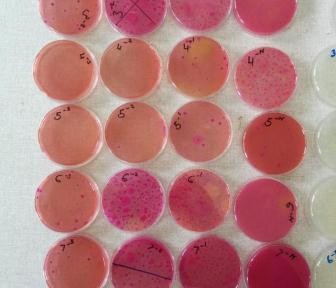
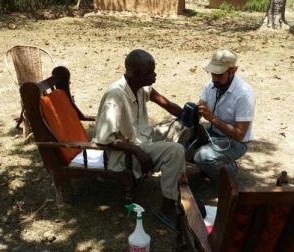
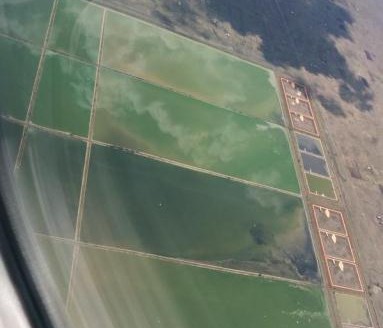
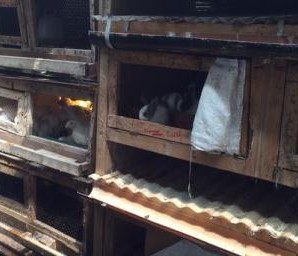
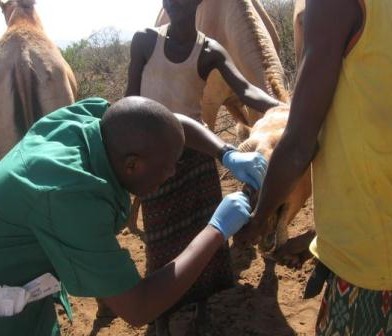
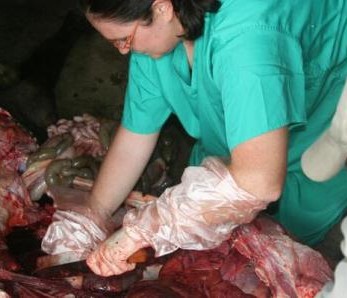
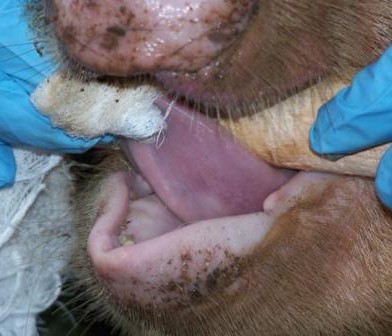
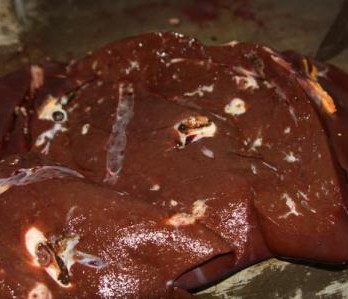
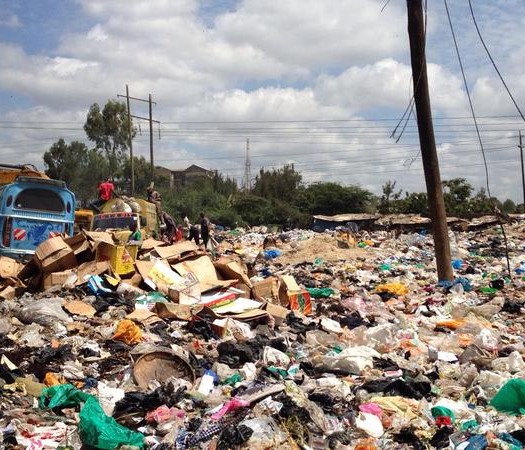
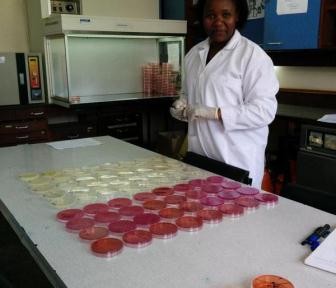
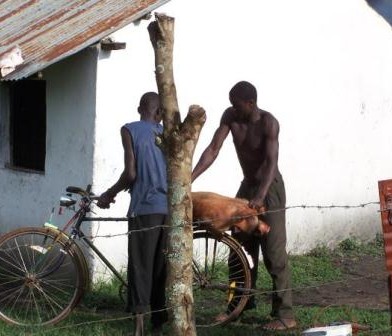
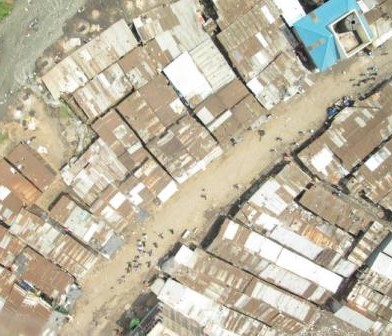
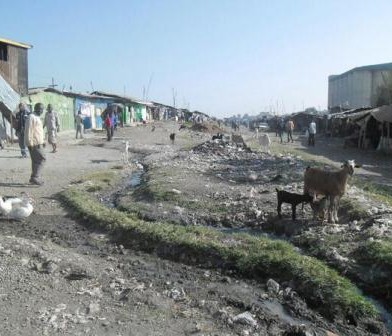
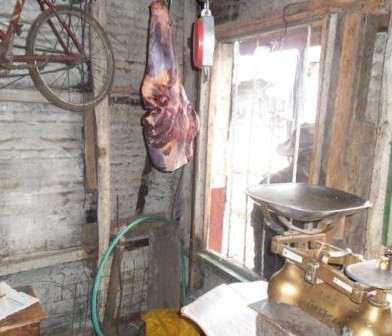
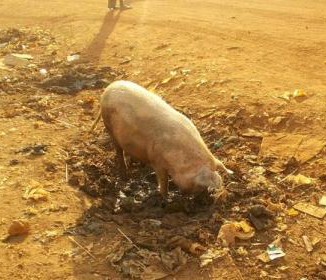
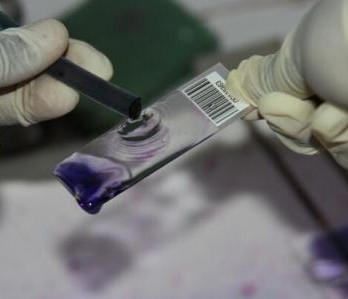
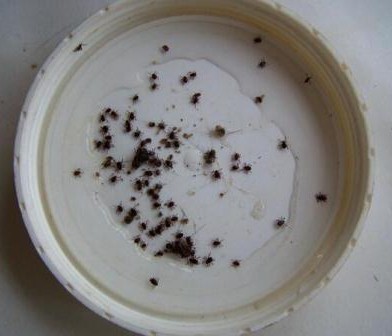
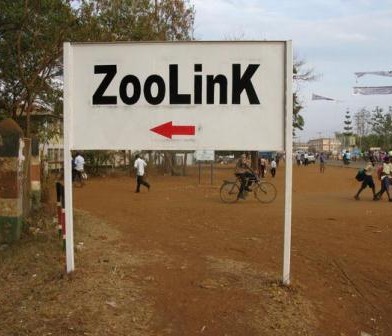
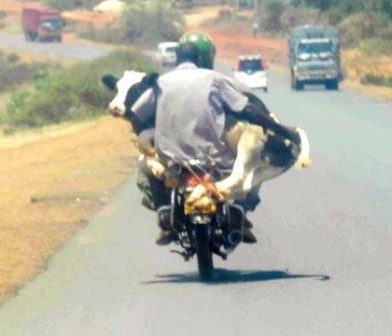
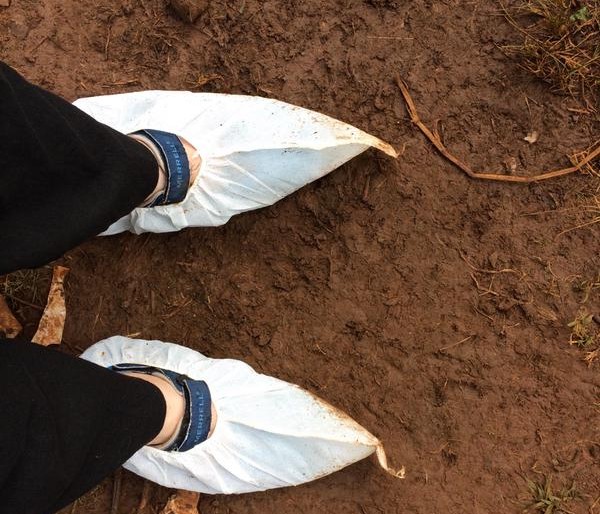
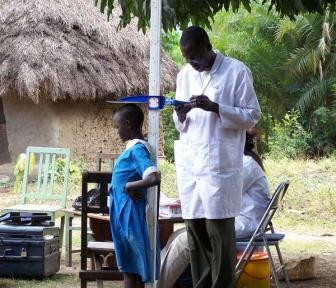
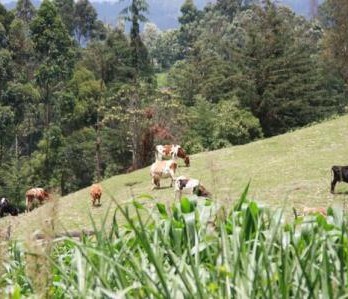
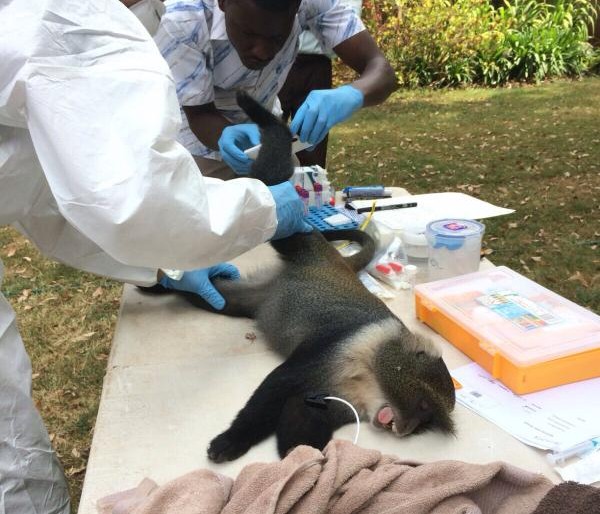
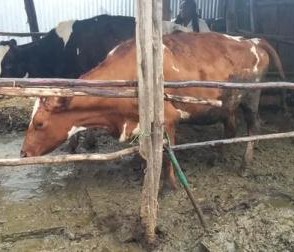
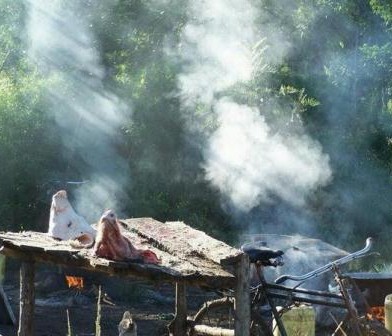
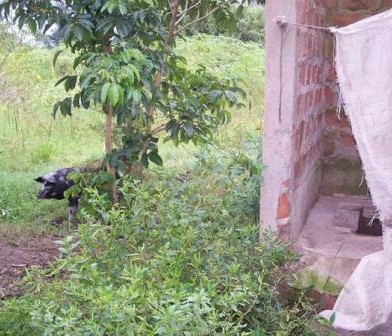
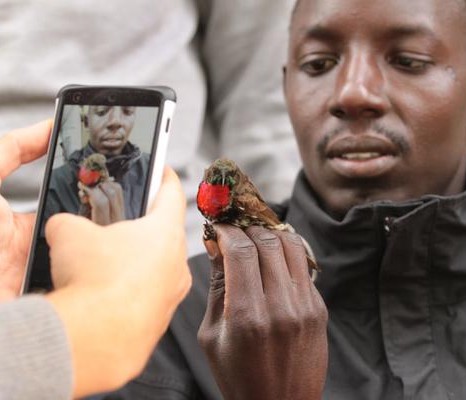
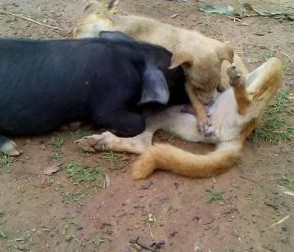
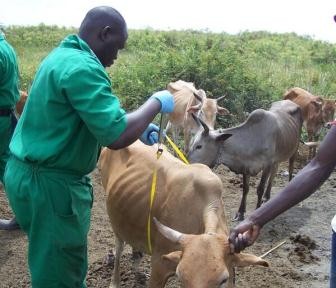
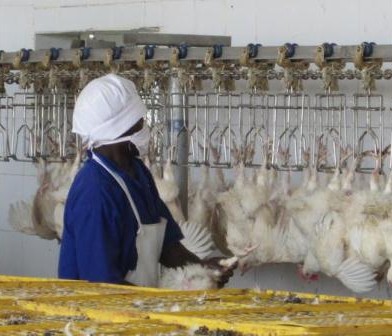
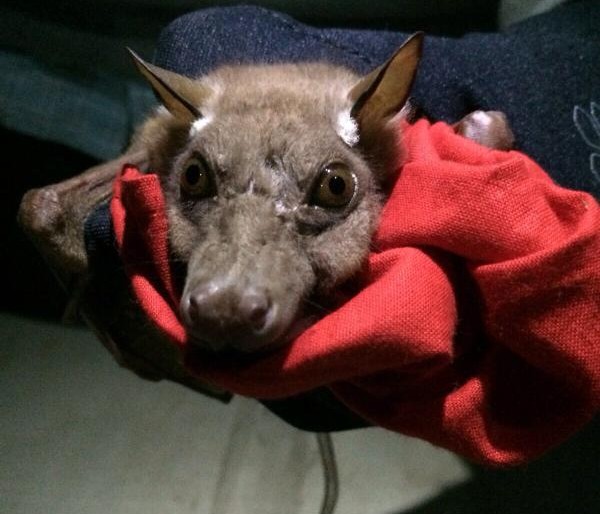
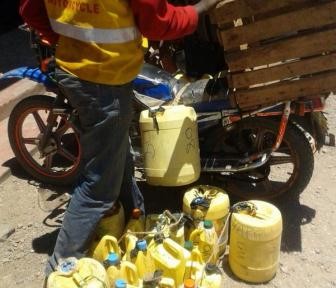
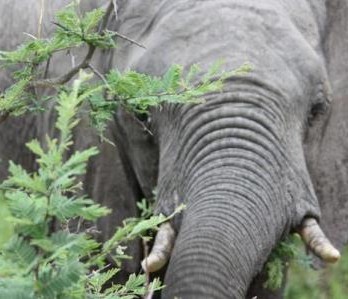
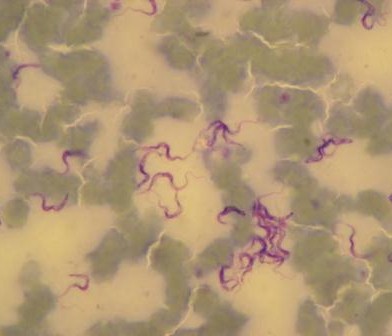
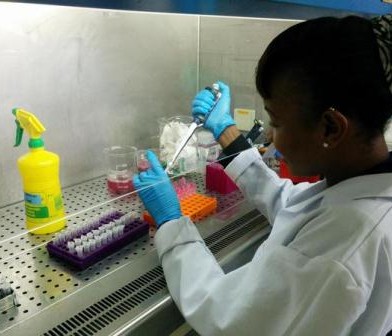
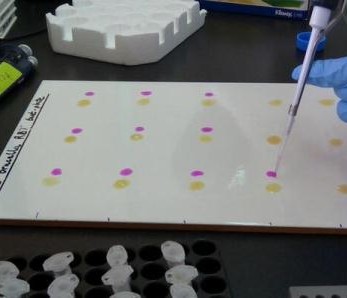
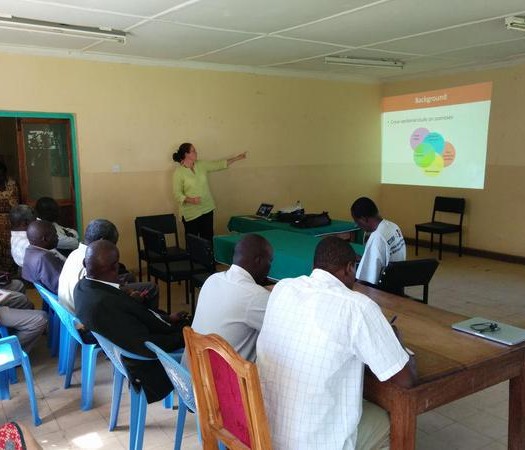
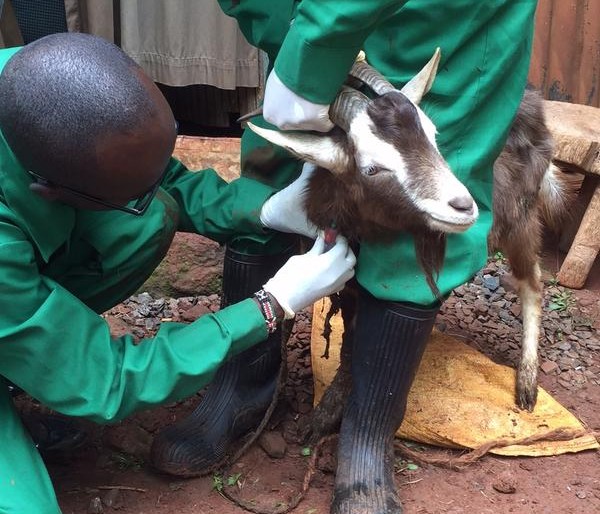
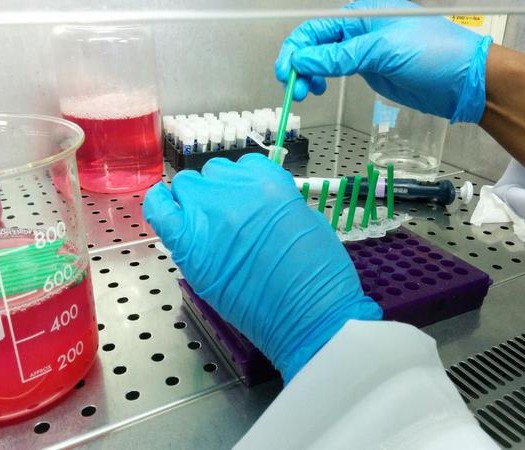
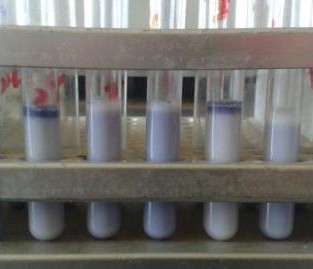
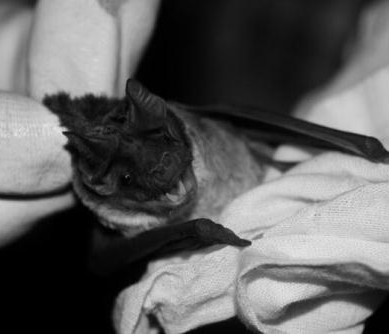

You must be logged in to post a comment.